Home>Garden Essentials>How Do You Make Black Seed Oil
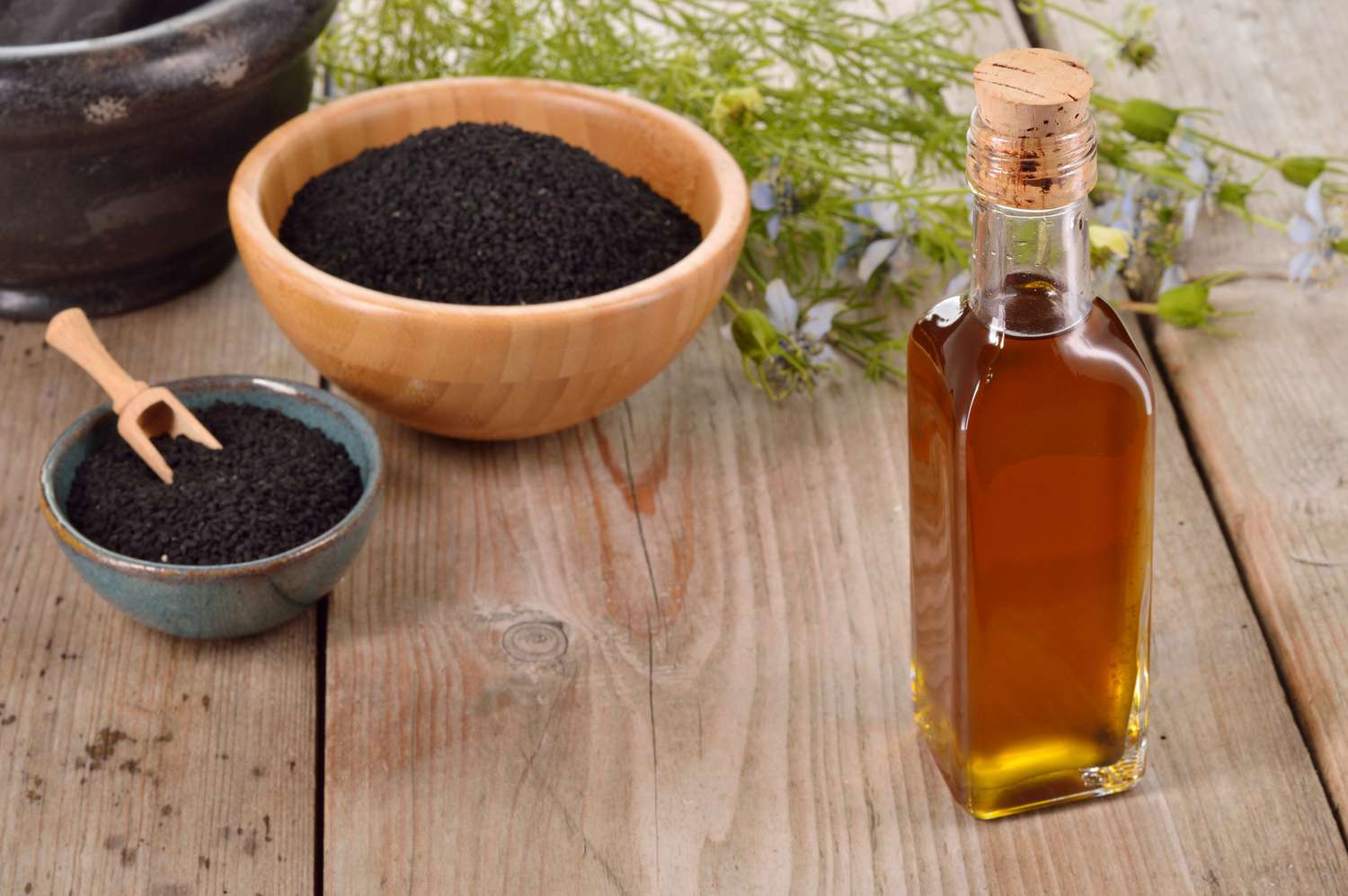

Garden Essentials
How Do You Make Black Seed Oil
Modified: March 23, 2024
Learn how to make black seed oil at home using fresh garden seeds. Discover the benefits and step-by-step process to extract this natural oil.
(Many of the links in this article redirect to a specific reviewed product. Your purchase of these products through affiliate links helps to generate commission for Storables.com, at no extra cost. Learn more)
Introduction
Welcome to a fascinating journey into the world of black seed oil. Derived from the seeds of the Nigella sativa plant, this potent oil has been revered for centuries for its numerous health benefits. Whether you are an avid fan of natural remedies or simply curious about exploring new wellness trends, black seed oil is definitely worth your attention.
Known by various names such as black cumin, black caraway, or kalonji, black seed oil has a rich history and a wide range of traditional uses. It has been an integral part of herbal medicine in cultures across the globe, including ancient Egypt, Greece, and India.
So, what exactly is black seed oil and what makes it so special? How is it extracted, and what are the potential health benefits associated with its use? In this article, we’ll delve into these questions and more, shedding light on one of nature’s most versatile healing remedies.
Key Takeaways:
- Black seed oil, derived from Nigella sativa seeds, offers potential health benefits such as antioxidant power, immune support, and skin care. Its traditional cold pressing extraction method is preferred for high-quality results.
- DIY extraction of black seed oil at home is possible, but commercially produced oil using the traditional cold pressing method ensures higher quality and consistency. Consider consulting a healthcare professional before incorporating black seed oil into your routine.
Read more: How To Make Black Seed Oil At Home
What is Black Seed Oil?
Black seed oil, also known as Nigella sativa oil or black cumin seed oil, is derived from the seeds of the Nigella sativa plant, native to Southwest Asia. These small, black seeds have been used for centuries in various cultures for their medicinal properties and culinary purposes.
Black seed oil contains a variety of active compounds, including thymoquinone, which is believed to be responsible for many of its health benefits. This oil is rich in antioxidants, essential fatty acids, vitamins, and minerals, making it a potent natural remedy.
The distinct flavor of black seed oil has been described as mild, peppery, and slightly bitter, adding a unique twist to dishes. In ancient times, it was even used as a spice to enhance the taste of food.
Black seed oil has gained popularity in recent years as people seek natural alternatives for their health and wellness. It holds a special place in traditional medicine systems like Ayurveda and Unani, where it is used to promote healthy digestion, support the immune system, and improve overall well-being.
Today, black seed oil is available in various forms, including capsules, oil extracts, and topical ointments. It is important to note that black seed oil is not a magic cure-all, but rather a complementary therapy that can be incorporated into a balanced lifestyle for optimal health benefits.
Now that we have a basic understanding of what black seed oil is, let us explore the many potential benefits it offers.
Benefits of Black Seed Oil
Black seed oil has gained considerable attention for its potential health benefits. While research is still ongoing, many studies and anecdotal evidence suggest that black seed oil may offer numerous advantages. Let’s explore some of the key benefits:
- Antioxidant Power: Black seed oil contains high levels of antioxidants that help protect the body against harmful free radicals. These antioxidants can help reduce oxidative stress and inflammation, promoting overall health.
- Immune Support: Black seed oil has immune-boosting properties, thanks to its ability to stimulate the production of certain immune cells. This can help enhance the body’s defense against infections, viruses, and other pathogens.
- Anti-Inflammatory Effects: The active compounds in black seed oil, particularly thymoquinone, have anti-inflammatory properties that may help reduce inflammation in the body. This can be beneficial for conditions such as arthritis, asthma, and inflammatory skin conditions.
- Heart Health: Black seed oil has been associated with improving cardiovascular health by reducing cholesterol levels, lowering blood pressure, and promoting healthy blood circulation. These effects may contribute to a lower risk of heart disease.
- Gut Health: Black seed oil has been traditionally used to support digestive health. It can help relieve symptoms of indigestion, bloating, and gas. The oil may also have antibacterial properties that can help fight harmful bacteria in the gut.
- Skin and Hair Care: Black seed oil is widely used in skincare products due to its moisturizing and nourishing properties. It may help alleviate various skin conditions, such as eczema, acne, and psoriasis. Additionally, applying black seed oil to the scalp can promote healthier hair growth and reduce dandruff.
- Respiratory Health: Black seed oil has been traditionally used to support respiratory health. It may help relieve symptoms of asthma, bronchitis, and allergies. The oil’s antimicrobial properties can also aid in fighting respiratory infections.
- Mood and Cognitive Function: Some research suggests that black seed oil may have positive effects on mood and cognitive function. It may help reduce anxiety and improve memory and focus.
It’s important to note that while black seed oil shows promising potential, more research is needed to fully understand its benefits and the optimal dosage for different conditions. As always, it’s advisable to consult with a healthcare professional before incorporating black seed oil into your routine.
Now that we understand the benefits of black seed oil, let’s explore the different methods of extraction to obtain this valuable oil.
Extraction Methods
Black seed oil is extracted from the tiny seeds of the Nigella sativa plant, and there are several methods used to obtain this precious oil. Let’s take a closer look at three common extraction methods:
- Traditional Cold Pressing Method: This method involves crushing the black seeds and pressing them at low temperatures to extract the oil. Cold pressing helps retain the oil’s natural properties and ensures minimal heat damage. The seeds are typically crushed using an oil expeller, and the resulting oil is then filtered and bottled. The traditional cold pressing method is widely considered the best way to extract high-quality black seed oil.
- Heat Extraction Method: In this method, the seeds are first roasted to enhance the oil extraction process. The roasted seeds are then pressed or ground to release the oil. Heat extraction can result in a higher yield of oil, but it may also lead to a loss of some beneficial compounds due to the exposure to heat.
- Solvent Extraction Method: This method involves using a solvent, such as hexane or ethanol, to extract the oil from the seeds. The solvent dissolves the oil, and then the mixture is evaporated to separate the oil from the solvent. Solvent extraction is generally used for large-scale commercial production but may result in a lower-quality oil compared to the cold pressing method.
It’s important to note that the extraction method used can impact the quality and potency of the black seed oil. The traditional cold pressing method is preferred as it preserves the oil’s natural composition and ensures the highest level of bioactive compounds are retained.
While it is possible to find commercially available black seed oil, some individuals may prefer to extract the oil themselves using a DIY method. Let’s explore a simple process for extracting black seed oil at home.
Please note that if you choose to extract black seed oil at home, it may not be as concentrated or consistent as commercially available products. It’s also important to source high-quality black seeds to ensure a potent and safe oil.
Now, let’s proceed to the DIY black seed oil extraction process.
Traditional Cold Pressing Method
The traditional cold pressing method is widely regarded as the best way to extract high-quality black seed oil. This method ensures that the oil retains its natural properties and beneficial compounds. Here’s a step-by-step guide to extracting black seed oil using the traditional cold pressing method:
- Step 1: Selecting the Seeds
- Step 2: Cleaning the Seeds
- Step 3: Drying the Seeds
- Step 4: Crushing the Seeds
- Step 5: Pressing
- Step 6: Extraction
- Step 7: Filtering and Storing
Start by selecting high-quality black seeds. Look for seeds that are black, shiny, and free from contaminants or mold.
Thoroughly clean the seeds by rinsing them under running water. This helps remove any dirt or debris present on the surface.
Spread the cleaned seeds on a clean cloth or paper towel and allow them to air dry completely. Ensure that they are completely dry before proceeding to the next step.
Using a mortar and pestle or a grinder, crush the dried black seeds into a coarse powder. This helps release the oil trapped within the seeds.
Transfer the crushed seeds into a clean muslin cloth or filter bag. Fold the cloth over the seeds to create a small pouch. Place the pouch in a manual oil press or an oil expeller machine.
Apply gentle pressure to the pouch to extract the oil. The oil will be collected in a container placed below the press. Continue applying pressure until no more oil is being extracted.
Once the oil is extracted, strain it through a fine sieve or cheesecloth to remove any residue or impurities. Transfer the filtered oil into a dark-colored glass bottle with an airtight lid. Store it in a cool, dry place away from direct sunlight.
It’s important to remember that the DIY extraction process may yield a smaller amount of oil compared to commercial products. However, the satisfaction of making your own black seed oil and ensuring its quality can be rewarding.
Now that you are familiar with the traditional cold pressing method, you can experiment with extracting black seed oil at home. In the next section, we will wrap up our discussion and summarize the key points.
To make black seed oil, first, crush the black seeds and then heat them in a carrier oil like olive oil. Let it cool, then strain the oil to remove the seeds. Store in a dark, cool place.
Read more: How Often Can You Take Black Seed Oil
Heat Extraction Method
The heat extraction method is another common technique used to extract black seed oil. While it may yield a higher quantity of oil, it can also result in some loss of beneficial compounds due to the exposure to heat. Here’s a step-by-step guide to extracting black seed oil using the heat extraction method:
- Step 1: Selecting the Seeds
- Step 2: Roasting the Seeds
- Step 3: Grinding the Seeds
- Step 4: Extracting the Oil
- Step 5: Filtering and Storing
Select high-quality black seeds that are clean, dry, and free from contaminants or mold.
Heat a flat-bottomed pan over medium heat. Add the black seeds to the dry pan and stir continuously to prevent burning. Roast the seeds for about 2-3 minutes until they emit a pleasant aroma.
Transfer the roasted seeds to a grinder or blender. Grind them until you achieve a fine powder consistency. The heat from the roasting process helps release the oil from the seeds.
Transfer the ground seeds into a clean muslin cloth or filter bag. Fold the cloth over the seeds to create a small pouch. Apply pressure to squeeze out the oil from the pouch. You can use your hands or a manual press for this process.
Once the oil is extracted, strain it through a fine sieve or cheesecloth to remove any residue or impurities. Transfer the filtered oil into a dark-colored glass bottle with an airtight lid. Store it in a cool, dry place away from direct sunlight.
The heat extraction method can be a quicker way to obtain black seed oil, but it may compromise some of the oil’s natural properties due to the exposure to heat. It’s important to note that commercial black seed oil produced using this method may vary in quality and potency.
Now that you are aware of the heat extraction method, you have the knowledge to choose the extraction process that suits your needs. In the next section, we will conclude our discussion and summarize the key points about black seed oil.
Solvent Extraction Method
The solvent extraction method is commonly used for large-scale commercial production of black seed oil. It involves using a solvent, such as hexane or ethanol, to extract the oil from the seeds. Here’s a step-by-step guide to the solvent extraction method:
- Step 1: Seed Preparation
- Step 2: Crushing the Seeds
- Step 3: Mixing with Solvent
- Step 4: Extracting the Oil
- Step 5: Separating the Oil
- Step 6: Evaporating the Solvent
- Step 7: Filtering and Storing
The black seeds are first cleaned to remove any impurities or foreign particles.
The cleaned seeds are crushed or ground into a powder to maximize the surface area and facilitate oil extraction.
The crushed seeds are mixed with a solvent, typically hexane or ethanol. The solvent helps dissolve the oil and separate it from the solid seed material.
The mixture of seeds and solvent is agitated or stirred to facilitate the extraction process. This allows the solvent to dissolve the oil and other lipids present in the seeds.
The mixture is then passed through a series of filtration and separation processes to separate the oil-solvent mixture from the solid seed residue.
The oil-solvent mixture is subjected to heat or vacuum evaporation to remove the solvent content, leaving behind the extracted black seed oil.
The extracted oil is filtered to remove any impurities or residual solvent traces. It is then transferred into dark-colored glass bottles and stored in a cool, dry place away from direct sunlight.
The solvent extraction method is efficient for large-scale production, as it yields a higher quantity of oil compared to other methods. However, it’s important to note that the use of solvents may affect the quality and purity of the final product. Therefore, it’s advisable to choose black seed oil produced using the traditional cold pressing method for the highest quality and potency.
Now that we have explored the different extraction methods for black seed oil, let’s conclude our discussion and summarize the key points.
DIY Black Seed Oil Extraction Process
If you’re adventurous and prefer a hands-on approach, you can try extracting black seed oil yourself using a DIY method. Keep in mind that the DIY extraction process may not yield the same concentrated or consistent results as commercially available products. However, it can be a rewarding experience. Here’s a simple DIY black seed oil extraction process:
- Step 1: Selecting the Seeds
- Step 2: Cleaning the Seeds
- Step 3: Drying the Seeds
- Step 4: Crushing the Seeds
- Step 5: Infusing the Oil
- Step 6: Infusion Duration
- Step 7: Straining and Storing
Start by selecting high-quality black seeds. Look for seeds that are black, shiny, and free from contaminants or mold. Sourcing organic or reputable seed suppliers is recommended.
Thoroughly clean the seeds by rinsing them under running water. This helps remove any dirt or debris on the surface.
Spread the cleaned seeds on a clean cloth or paper towel and allow them to air dry completely. Ensure that they are completely dry before proceeding to the next step.
Using a mortar and pestle or a grinder, crush the dried black seeds into a coarse powder. This helps release the oil trapped within the seeds.
Transfer the crushed seeds to a glass jar and add a carrier oil of your choice, such as olive oil or coconut oil, at a ratio of 1:1 or as desired. Make sure the seeds are fully submerged in the oil.
Seal the jar tightly and place it in a cool, dark location. Allow the mixture to infuse for at least 4 weeks, shaking the jar gently every few days to facilitate the extraction process.
After the desired infusion period, strain the oil using a fine sieve or cheesecloth to separate the infused oil from the seed residue. Transfer the filtered oil into a dark-colored glass bottle with an airtight lid. Store it in a cool, dry place away from direct sunlight.
While the DIY extraction process may not yield as concentrated or consistent results as commercially available black seed oil, it allows you to have control over the ingredients and ensure a more personalized product. Remember to source high-quality seeds for the best results.
Now that you have learned how to extract black seed oil at home, you can embark on your own DIY adventure. In the next section, we will conclude our exploration of black seed oil and summarize the key points discussed.
Conclusion
In conclusion, black seed oil, derived from the seeds of the Nigella sativa plant, holds a special place in traditional medicine systems and offers numerous potential health benefits. It is rich in antioxidants, essential fatty acids, vitamins, and minerals, making it a versatile natural remedy.
We explored the various extraction methods used to obtain black seed oil, including the traditional cold pressing method, heat extraction method, and solvent extraction method. The traditional cold pressing method is widely considered the best way to preserve the oil’s natural properties and ensure high-quality results.
Black seed oil has been associated with a range of benefits, including antioxidant power, immune support, anti-inflammatory effects, heart health promotion, support for gut health, skin and hair care, respiratory health support, and mood and cognitive function enhancement. While further research is needed to fully understand its potential benefits, black seed oil has shown promising well-being promoting qualities.
For those interested in a DIY approach, we provided a simple process for extracting black seed oil at home. However, it’s important to note that commercially produced black seed oil using the traditional cold pressing method is often of higher quality and consistency.
Whether you choose to incorporate black seed oil into your daily routine or explore its uses as a culinary ingredient, it is important to consult with a healthcare professional before taking it as a supplement, especially if you have any underlying health conditions or are taking medications.
Overall, black seed oil offers a natural, plant-based option for those seeking additional wellness support. Its rich history, potential benefits, and various extraction methods make it an intriguing addition to your health and beauty toolkit.
So why not consider embracing the power of black seed oil and unlock its potential for a healthier and more vibrant life?
Frequently Asked Questions about How Do You Make Black Seed Oil
Was this page helpful?
At Storables.com, we guarantee accurate and reliable information. Our content, validated by Expert Board Contributors, is crafted following stringent Editorial Policies. We're committed to providing you with well-researched, expert-backed insights for all your informational needs.
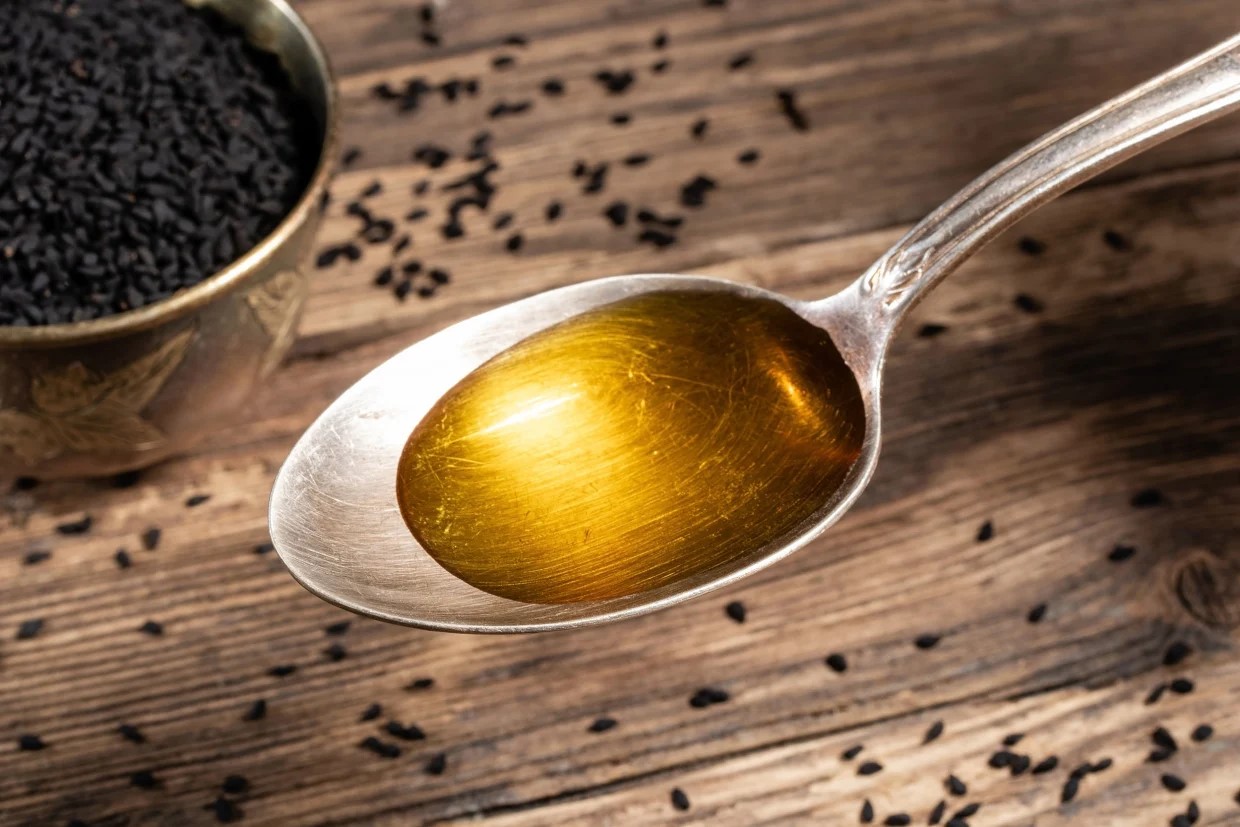
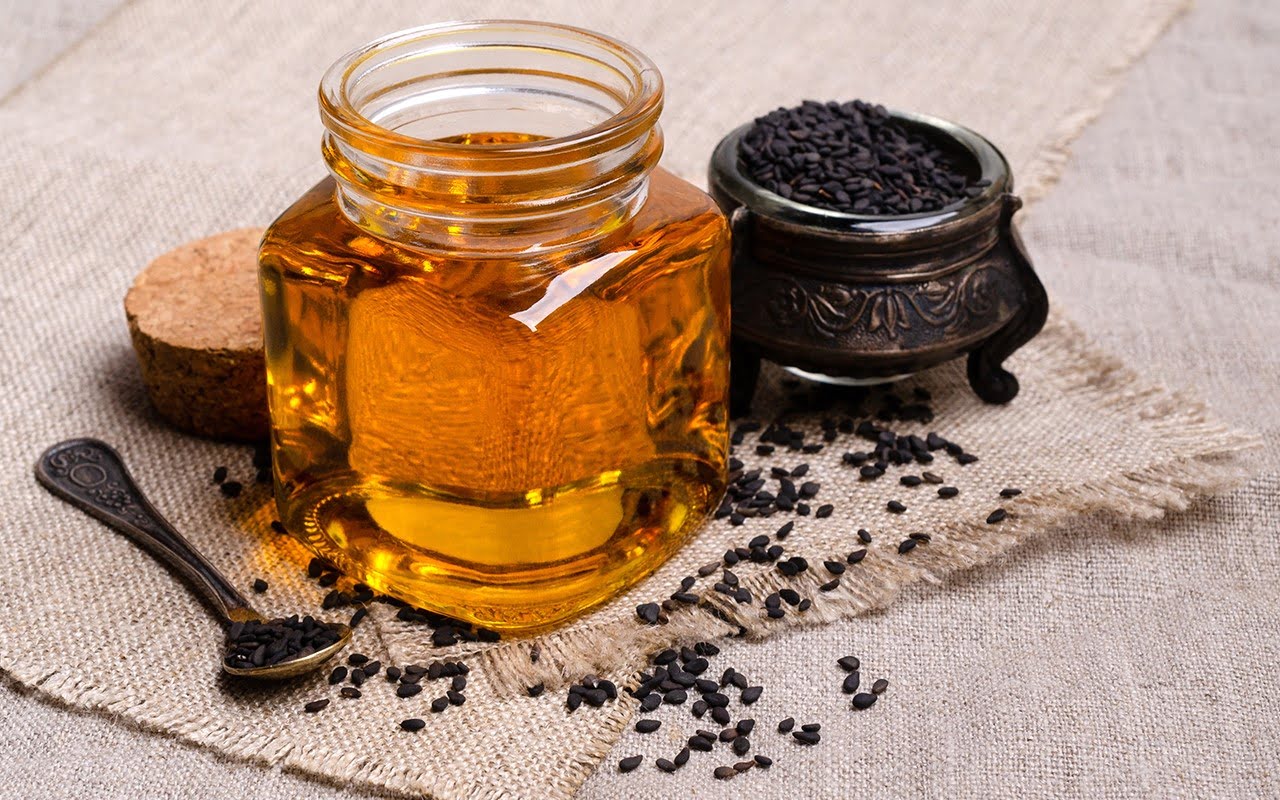
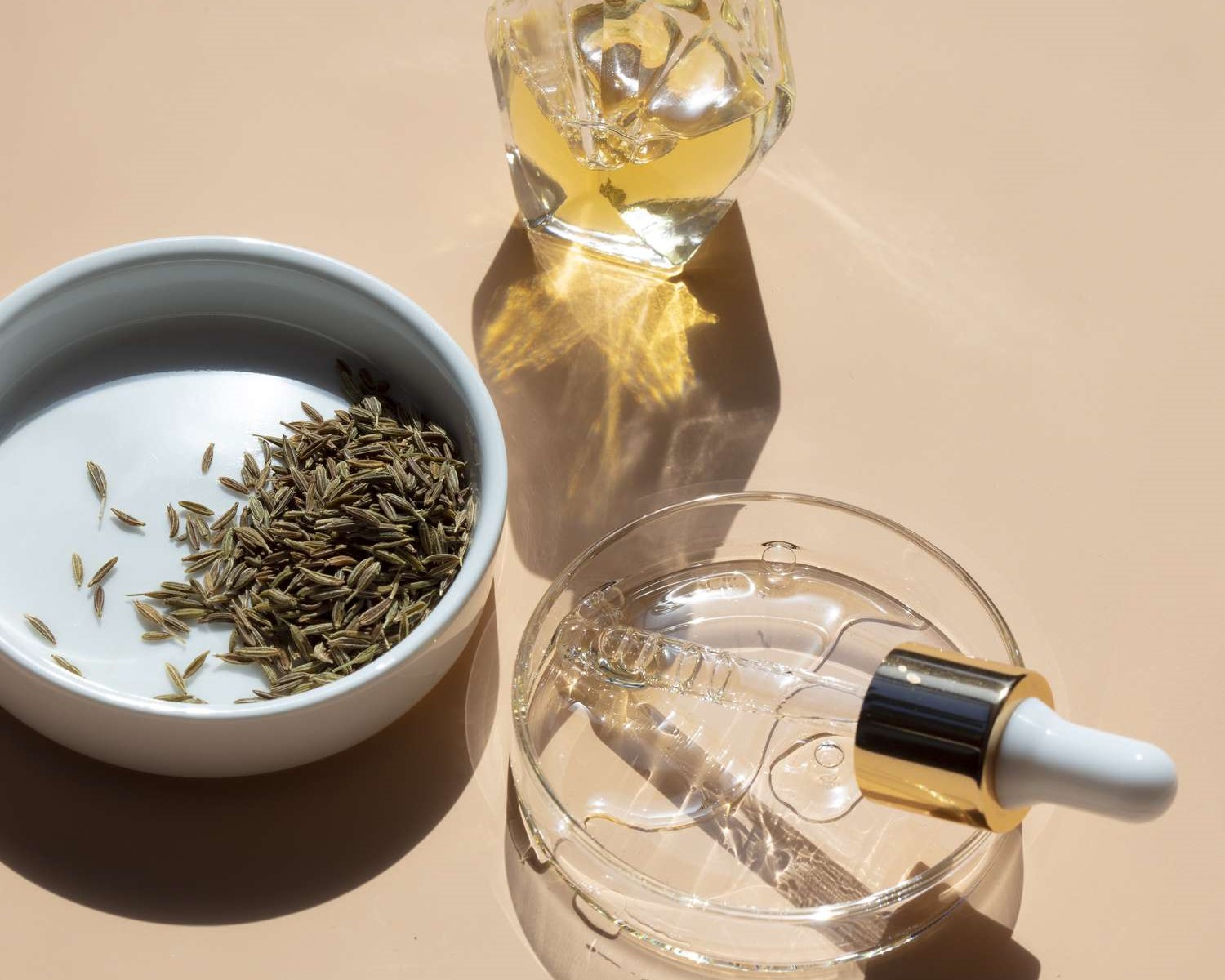
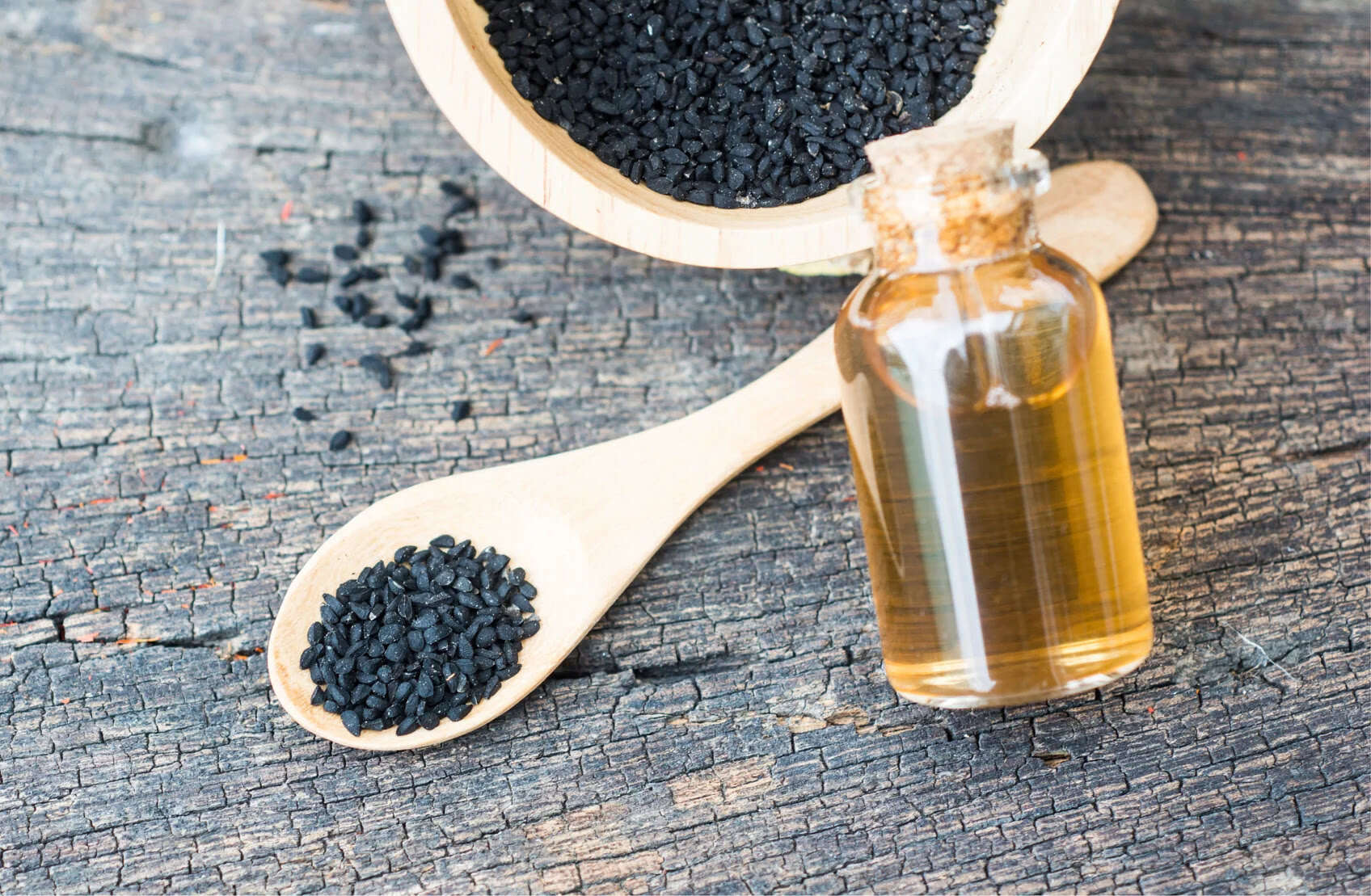
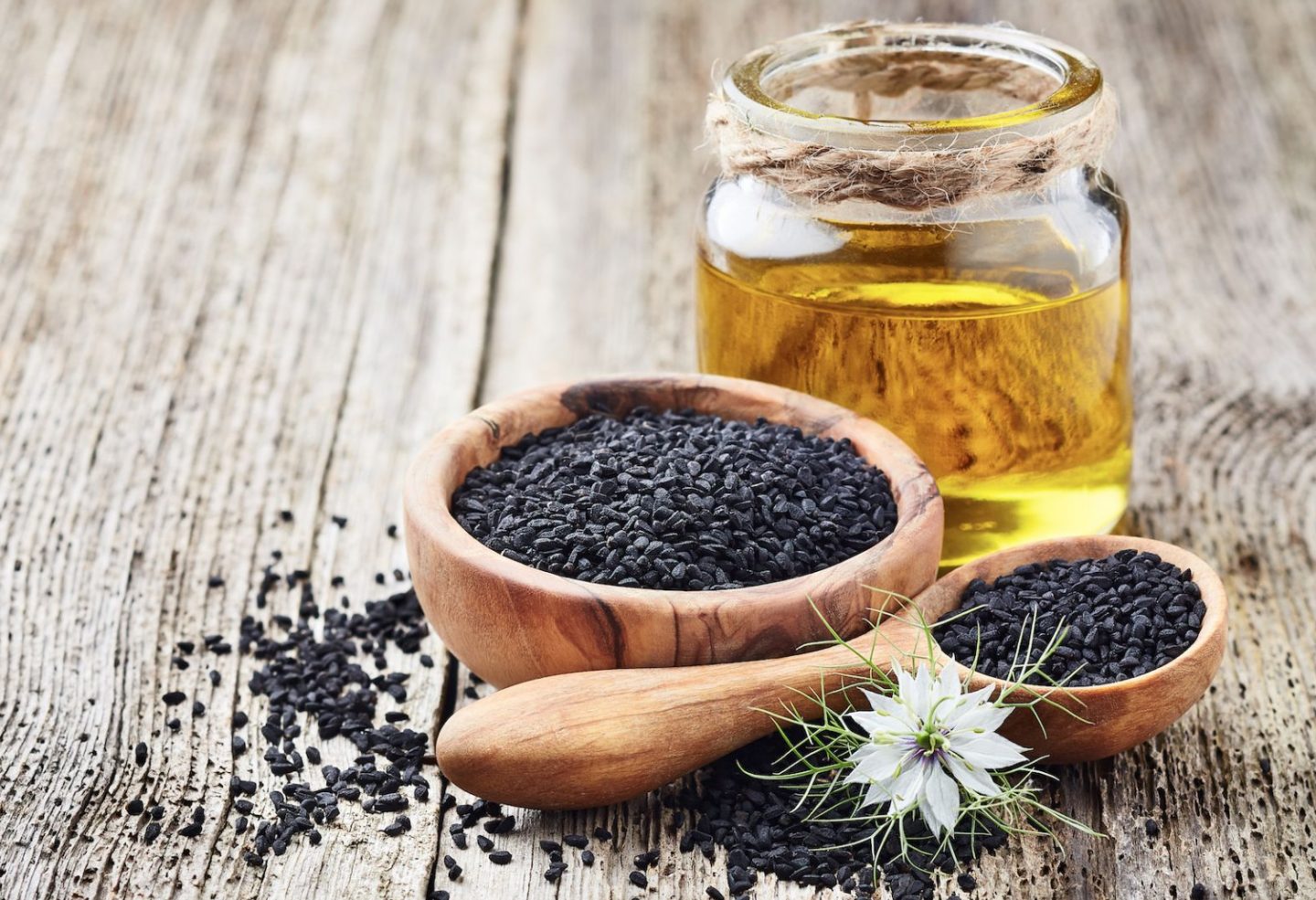
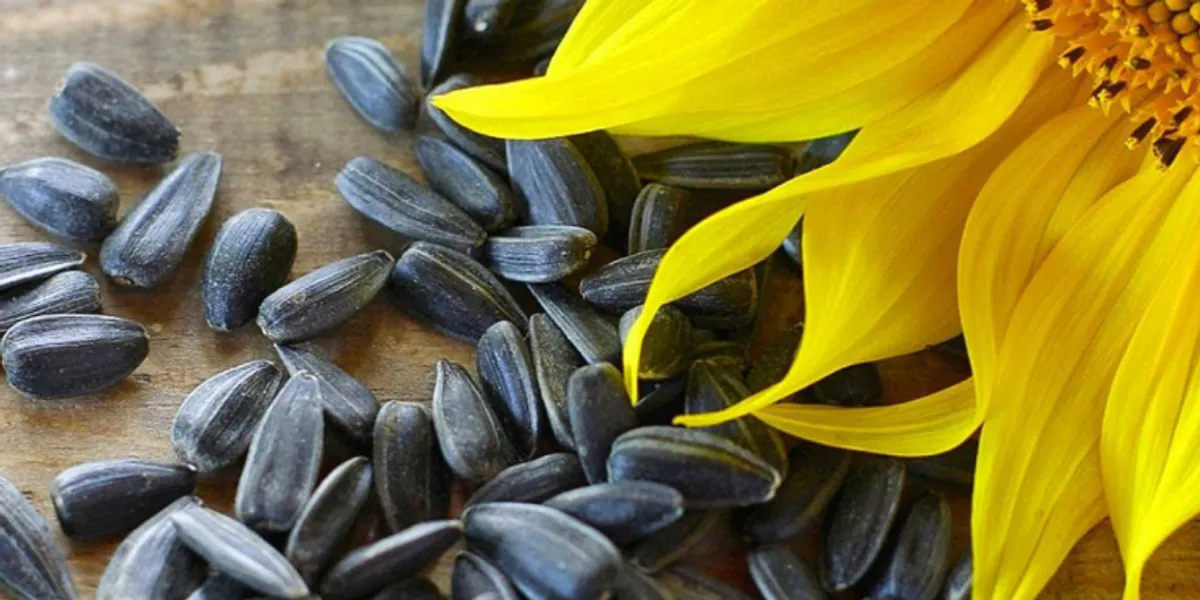
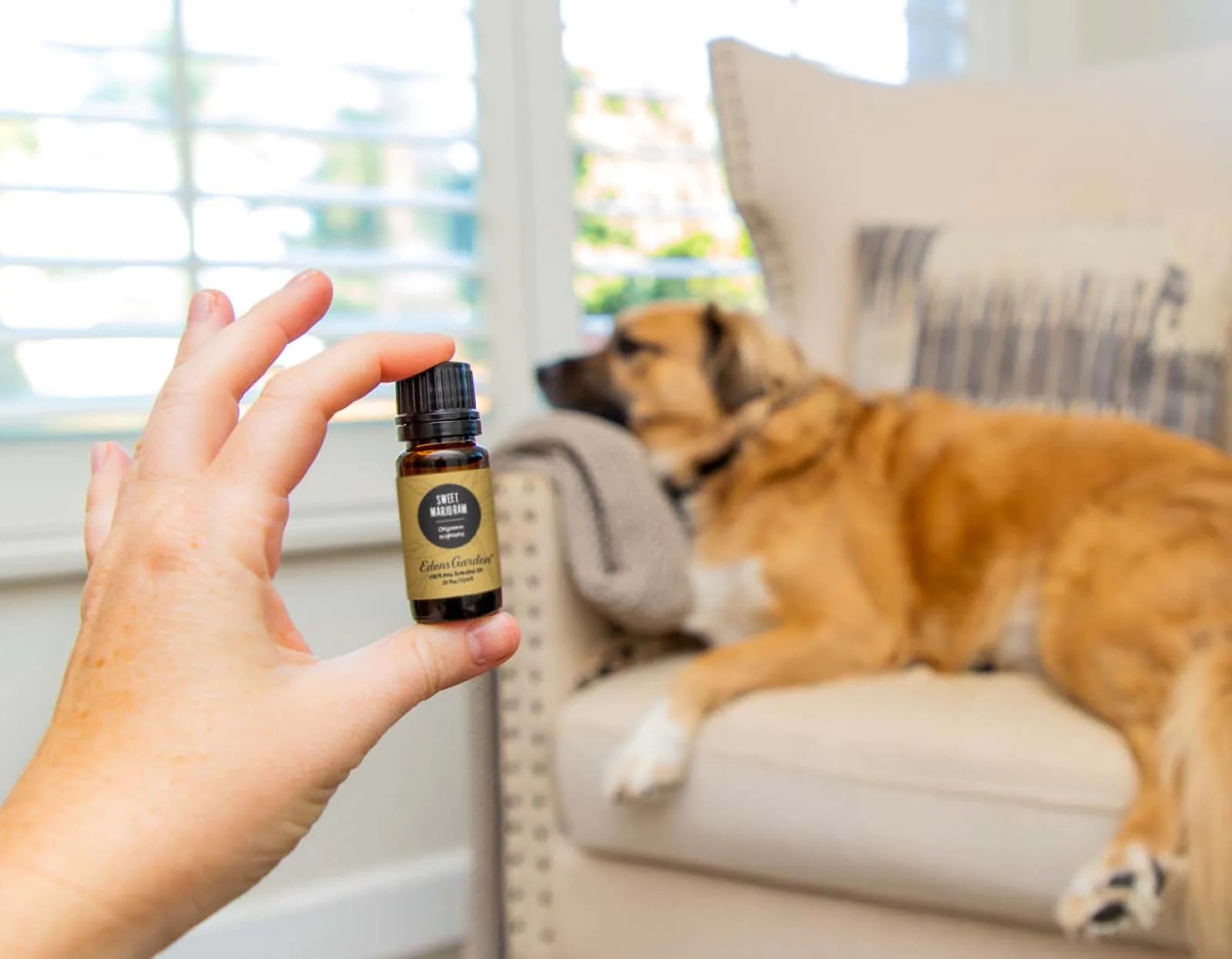
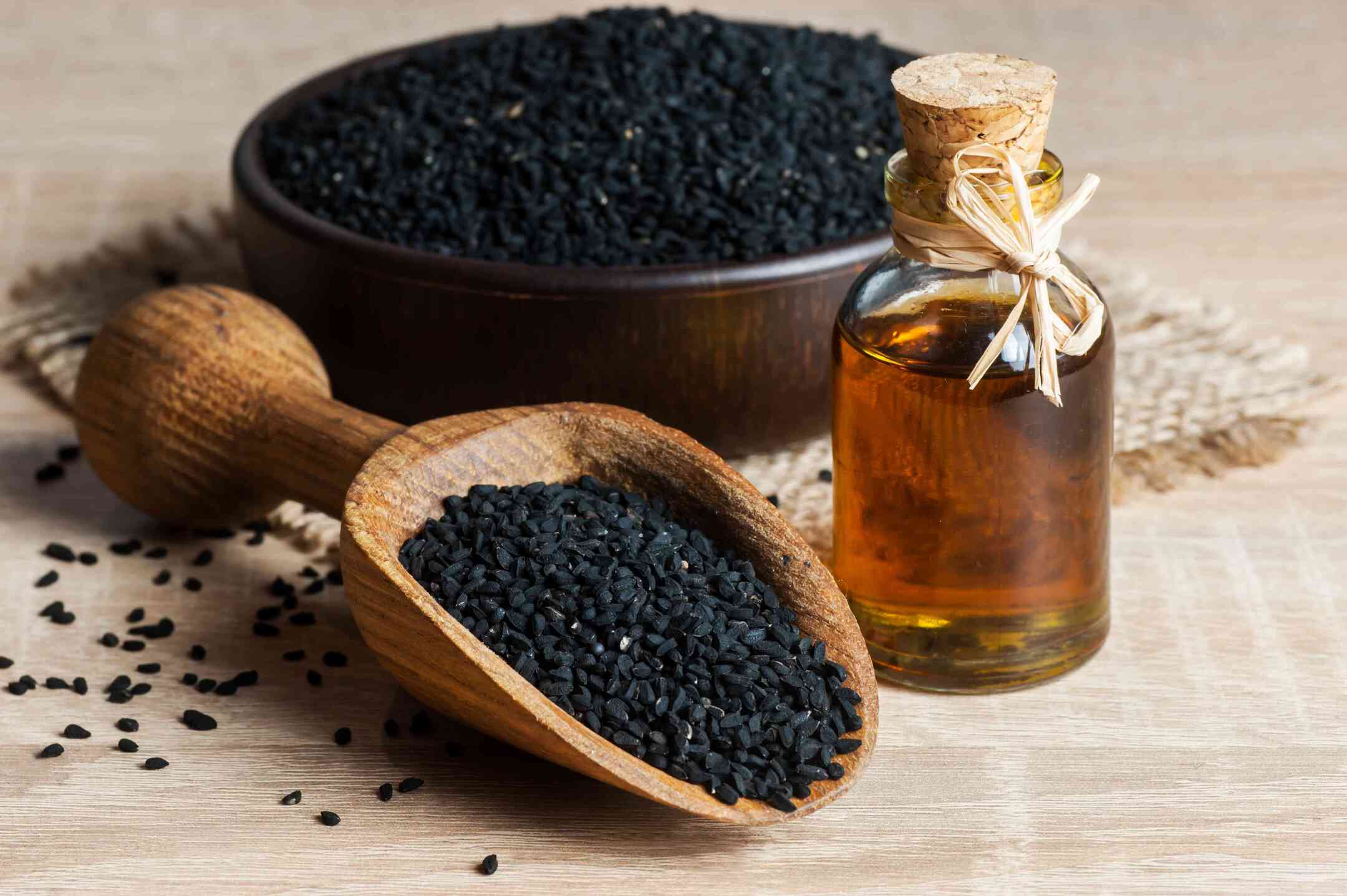
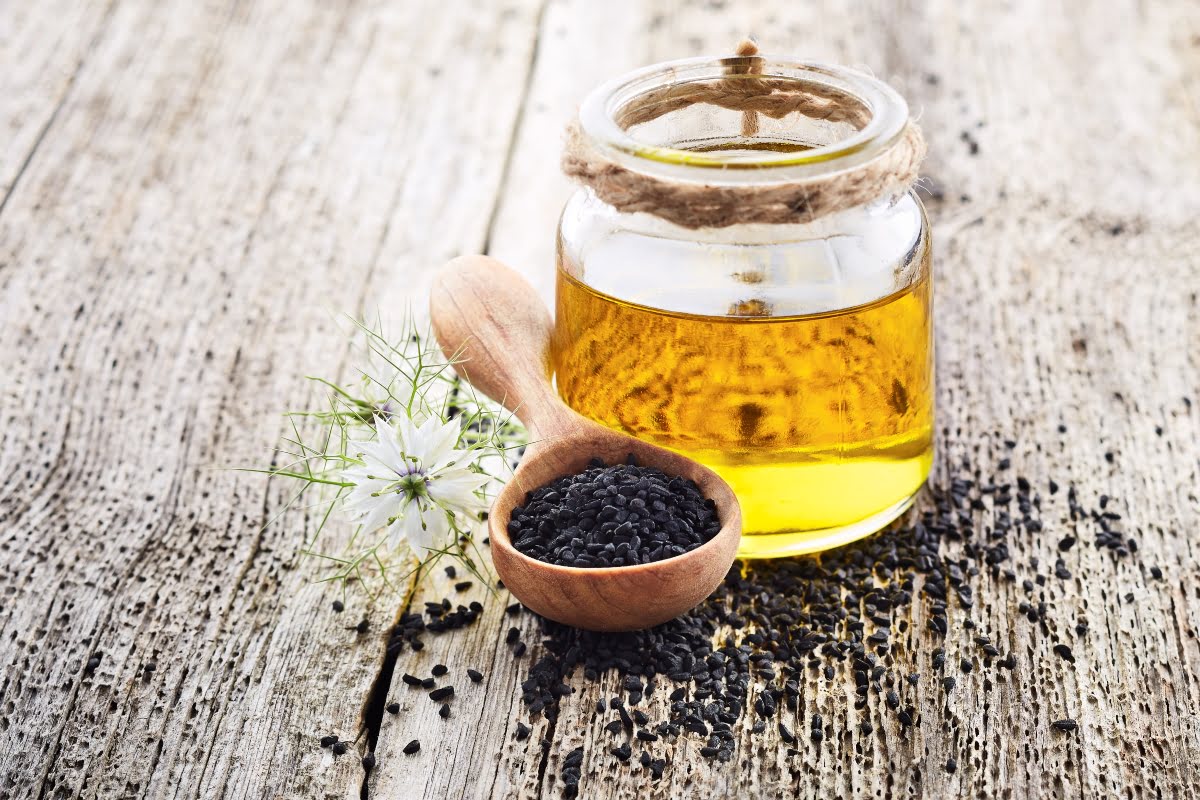
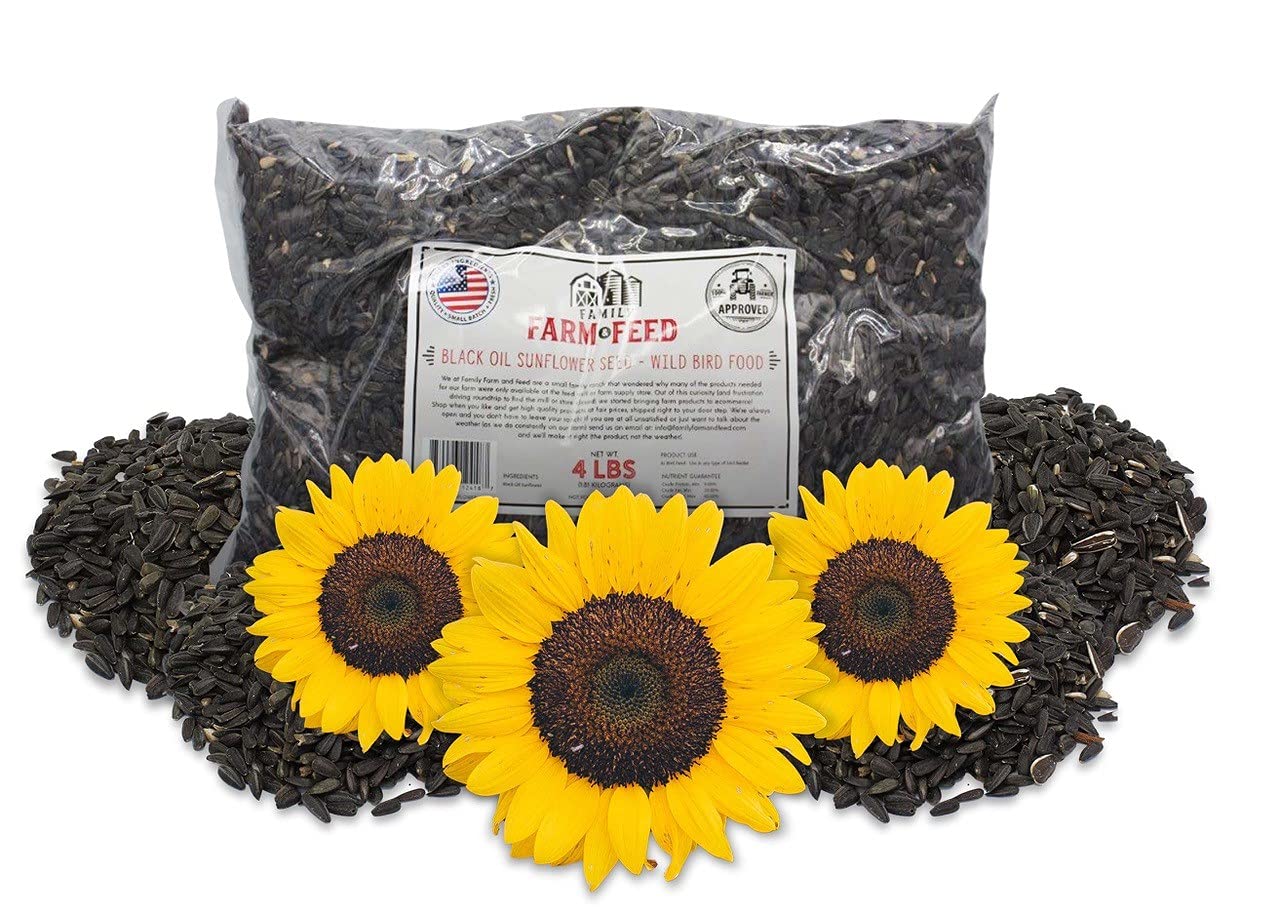


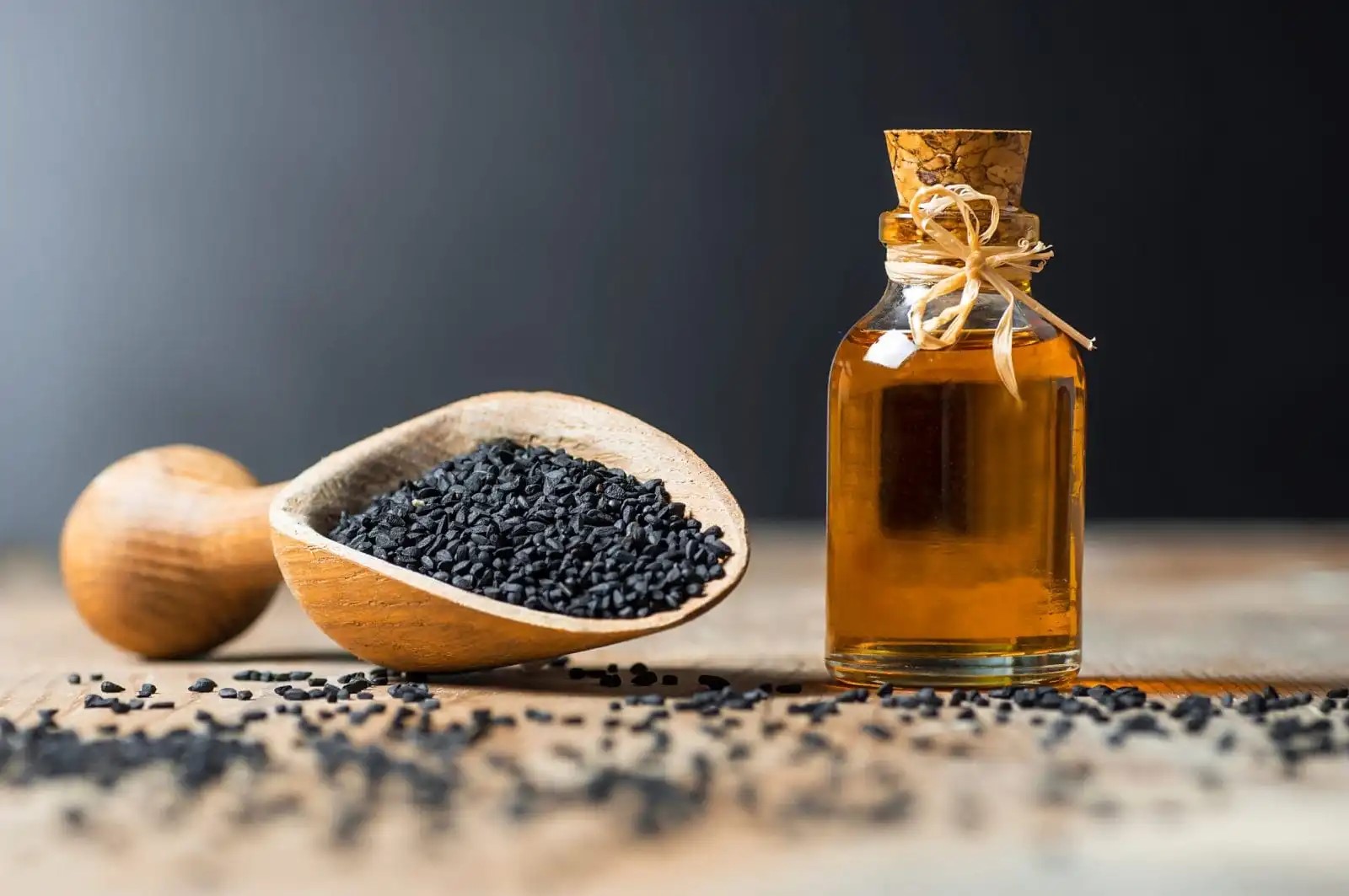
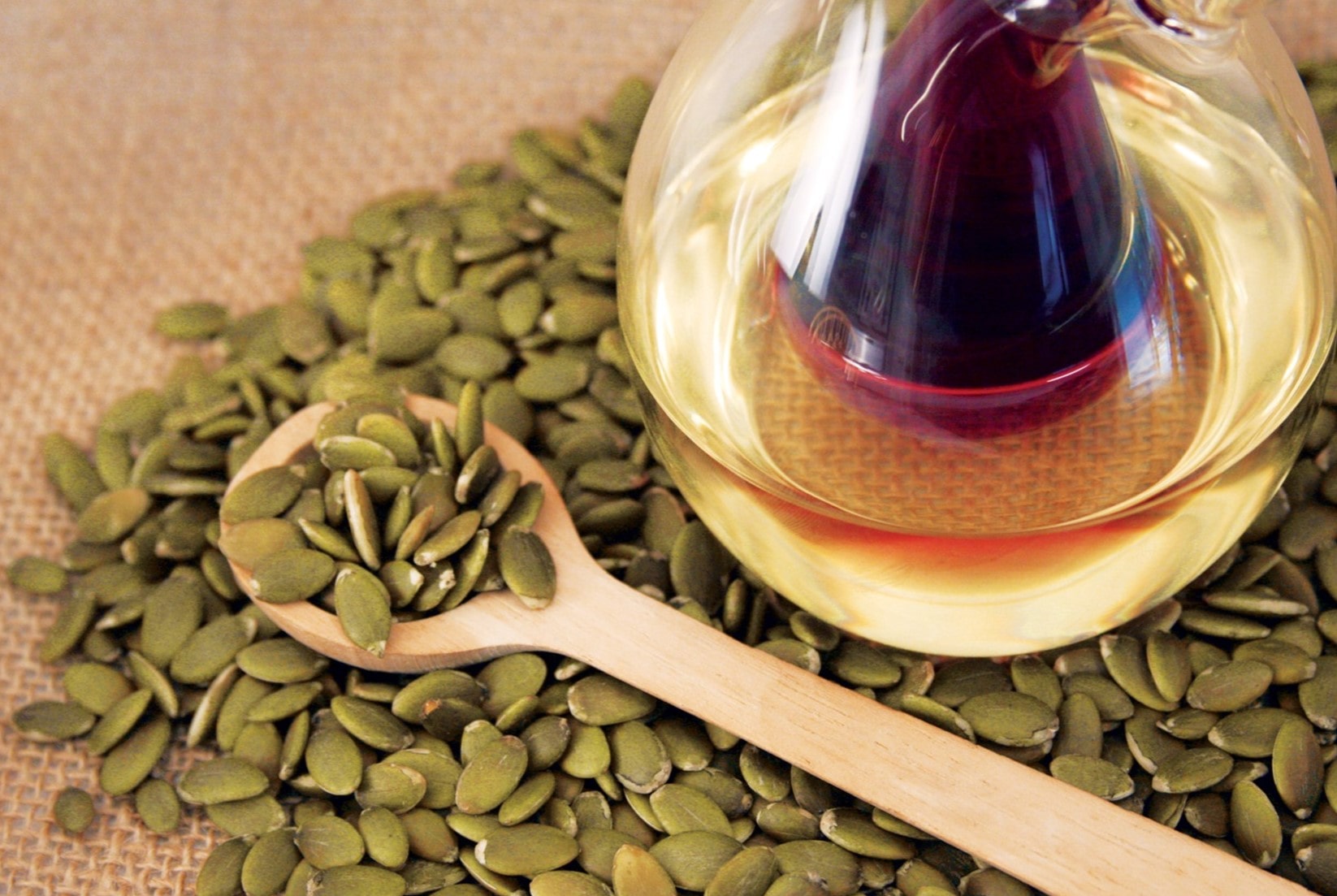

0 thoughts on “How Do You Make Black Seed Oil”